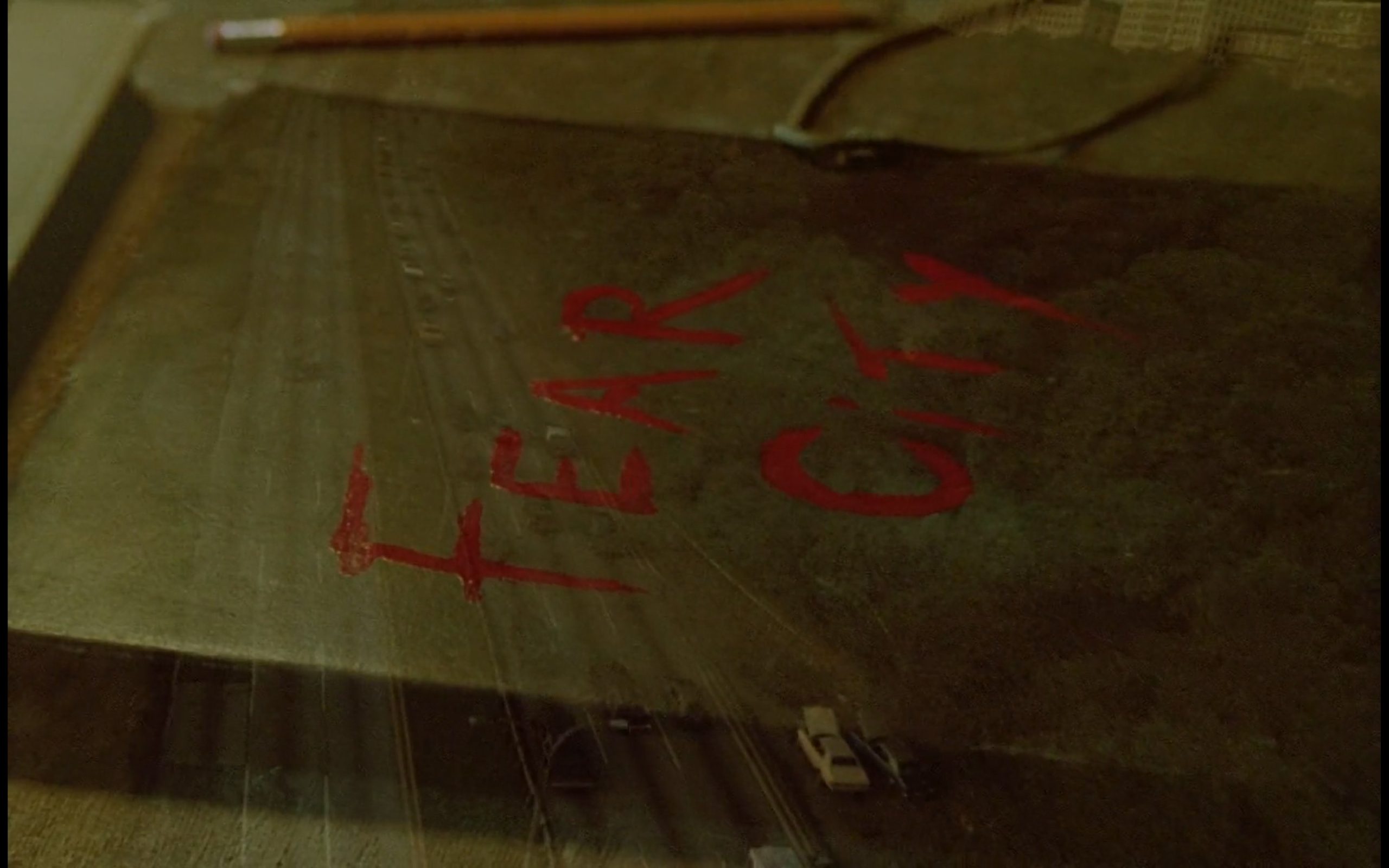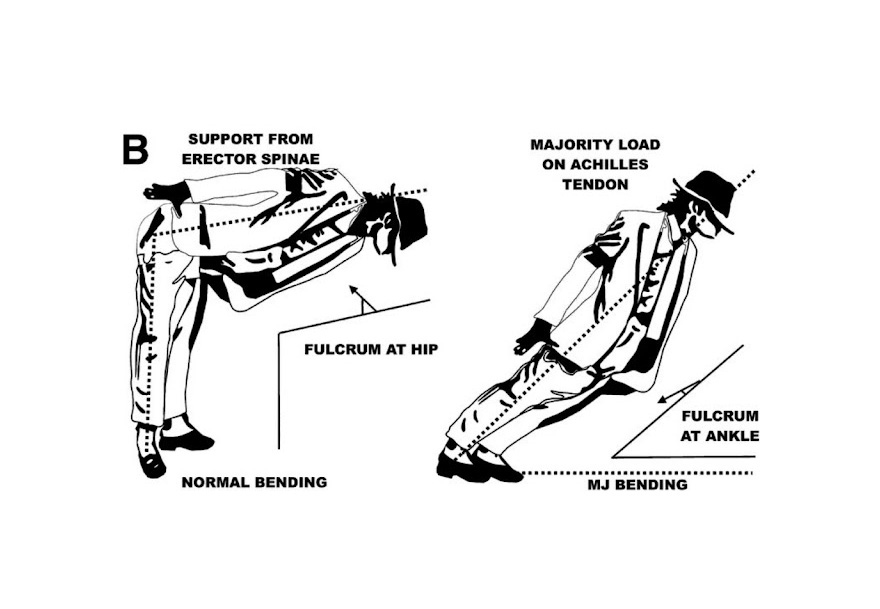Date:
17.03.2024 12:04
A contribution by
blueprintreview.co.uk
 Director: Paul Leni
Director: Paul LeniScreenplay: Robert F. Hill, Alfred A. Cohn
Based on a Play by: John Willard
Starring: Laura La Plante, Creighton Hale, Forrest Stanley, Tully Marshall, Gertrude Astor, Flora Finch, Arthur Edmund Carewe, Martha Mattox
Country: USA
Running Time: 86 min
Year: 1927
BBFC Certificate: PG
Paul Leni began his filmmaking career as an art director, designing sets and costumes for big-name directors such as Ernst Lubitsch and E. A. Dupont. He eventually moved into directing though and the pinnacle of his German achievements was Waxworks in 1924. Around the same time, Leni also made a name for himself designing short prologues for festive film premieres in Berlin.
Waxworks and those prologues caught the attention of Carl Laemmle, a fellow German who ran Universal at the time. He brought Leni over to Hollywood to work for him and his first assignment was the silent feature film The Cat and the Canary, released in 1927.
The film was based on a successful 1922 stage play by John Willard, which has since been adapted into several more films, including the popular 1939 version, starring Bob Hope and Paulette Goddard (which I reviewed here a little while ago).
uk/wp-content/uploads/2024/03/the-cat-and-the-canary-1927-2.jpeg">
It wasn’t the first ‘old dark house’ movie but it was an incredibly influential one. Also, alongside The Hunchback of Notre Dame (1923) and The Phantom of the Opera (1925), The Cat and the Canary helped set the stage for Universal’s famous horror cycle which would properly kick off in 1931 with Dracula and Frankenstein.
Given its importance to the horror genre and indeed the comedy-horror subgenre, Eureka have deemed The Cat and Canary worthy of entry into their illustrious Masters of Cinema series. It’s getting a handsome new Blu-ray release and I got hold of a copy to share my thoughts.
The film opens with the death of the eccentric millionaire Cyrus West. Fearing his greedy relatives who circled him like “cats around a canary” in his final days, Cyrus leaves his will sealed in a safe, only to be read on the 20th anniversary of his death.
uk/wp-content/uploads/2024/03/the-cat-and-the-canary-1927-3.jpeg">
Fast forward twenty years and Cyrus’ relatives, a motley crew with motives aplenty, gather at the dusty mansion for the will reading. Lawyer Roger Crosby (Tully Marshall) unveils the terms: Cyrus’ niece Annabelle (Laura La Plante) is to inherit everything, but only if she’s deemed sane by a doctor (Lucien Littlefield) who will arrive later that night. If this test is failed, the inheritance will go to the name written in another, unopened letter.
Adding to the tension, news arrives of an escaped maniac nicknamed “The Cat” on the loose nearby. As a storm rages outside, the relatives become increasingly suspicious of each other.
When the lawyer is found dead, terror truly takes hold, and Annabelle becomes the prime target for whoever – relative or escaped lunatic – seeks the inheritance. The culprit either wants to kill the young woman or drive her insane with fear. Annabelle’s only friend seems to be her cousin (?) Paul Jones (Creighton Hale), who always had a soft spot for her and does his best to keep Annabelle from harm.
The Cat and the Canary is an early example of a wholly successful blend of comedy and horror, whereas some earlier horror films only had a hint of comedy. As the film moves on, the jokes are sidelined for thrills and tension though, making for a perfectly balanced slice of audience-friendly cinema.
uk/wp-content/uploads/2024/03/the-cat-and-the-canary-1927-6.jpeg">
Granted, the film isn’t particularly scary anymore and I wouldn’t say any of the gags had me laughing out loud but The Cat and the Canary has atmosphere by the bucket load and remains hugely entertaining through a brisk pace and regular (if mild) thrills, spills and chuckles.
Much camp value is gained from the film’s enjoyably broad characters and situations (the plot was already well-worn by this stage). The performances aren’t as over-the-top as many horror films of the era though. The creepy housekeeper Mammy Pleasant (Martha Mattox) is particularly effective, though the two leads aren’t as charismatic as their counterparts in the 1939 remake.
Having watched it fairly recently, I couldn’t help but compare the two adaptations of the play. However, whilst the plot is pretty much the same, Leni’s version is quite different to Elliott Nugent’s. This later film was a Bob Hope vehicle over anything else, so more emphasis is put on the comedy and, being a sound film, the jokes come largely from the fast-talking dialogue. Whilst intermittently effective as a horror film, this version lacks the thick atmosphere of its predecessor.
uk/wp-content/uploads/2024/03/the-cat-and-the-canary-1927-4.jpeg">
Leni’s experience in the field of German expressionism greatly aids this mood. There are heaps of interesting visual flourishes, camera tricks and clever close-up details to flesh out the characters and story without too many intertitles. The lighting is the real star though. Charles Lang’s cinematography is gorgeous, making great use of shadows in particular. There is much more camera movement than usual for the time too.
A clearly expressionistic montage opening the film is particularly eye-catching and there are even some animated intertitles and playful use of fonts, particularly when characters are scared.
Visually, The Cat and the Canary shares a few traits (and possibly sets, being the same production company) with James Whale’s The Old Dark House (1932). Whale must have been a fan of Leni’s film, as there are some shots and ideas that have clearly been lifted from The Cat and the Canary.
To cap it all off, I’d say that The Cat and the Canary is a hugely enjoyable comedy-horror romp. It set the template for many more horror-comedies to come but few have captured its atmosphere or energy.
Film: 





The Cat and the Canary is out on 22nd April on Blu-Ray in the UK, released by Eureka as part of their Masters of Cinema series. It looks fantastic for its age. There’s some light wear but nothing too noticeable. Details are clear and it has an impressive tonal contrast. The colour tints look gorgeous too. The score, which includes some sound effects, comes through nicely.
SPECIAL FEATURES
– Limited edition O-Card slipcase featuring new artwork by Graham Humphreys [2000 copies]
– 1080p HD presentation on Blu-ray from a 4K digital restoration of the original negatives supplied by MoMA
– DTS-HD MA 5.1 score by Robert Israel; compiled, synchronised and edited by Gillian B. Anderson, based on music cue sheets compiled and issued for the original 1927 release
– Brand new audio commentary by author Stephen Jones and author / critic Kim Newman
– Brand new audio commentary by Kevin Lyons and Jonathan Rigby
– Mysteries Mean Dark Corners – brand new video essay by David Cairns & Fiona Watson
– Pamela Hutchinson on The Cat and the Canary – brand new interview with writer and film critic Pamela Hutchinson
– Phuong Le on The Cat and the Canary – brand new interview with film critic Phuong Le
– A Very Eccentric Man & Yeah, a Cat! – extracts from John Willard’s original play
– Lucky Strike – Paul Leni gives a full-throated endorsement to the product that got him through filming The Cat and the Canary
– A collector’s booklet featuring new writing on the film by Richard Combs, Craig Ian Mann, and Imogen Sara Smith
Kim Newman and Stephen Jones’ commentary is excellent. It covers a lot of ground, discussing the film’s place in the history of ‘old dark house’ stories and similar moulds. They also analyse how it remains effective such a long time after its production.
Kevin Lyons and Jonathan Rigby provide the second track. They open by discussing how the film set the gothic blueprint for Universal that would lead into their famous horror cycle. They also talk about the differences between the play and the film. It has a similar vibe to the other track but doesn’t feel like it’s a mere copy.
‘Mysteries Mean Dark Corners’ sees David Cairns & Fiona Watson talk about the history of ‘old dark house’ comedy-horror and The Cat and the Canary fits into this. They go on to discuss the production and Leni’s subsequent career too with, as with many of Cairns and Watson’s essays, dramatised quotes mixed with their own narration.
Phuong Le also analyses the film, looking at why it’s special. This was one of the last extras I watched, so there wasn’t a great deal of new information here for me but, for those without the time or patience for the commentaries, this is a nice, short cover-all piece.
Similarly, Pamela Hutchinson treads some familiar territory in her look at the film, its history and its importance, but her piece is delivered with charm and passion, so, like Phuong Le’s interview, it makes for a strong alternative to the commentaries. In spending much of the time talking about Leni’s career in general, she doesn’t step on Le’s toes either.
The readings of samples of the stage play are each only brief but fun, presented like a radio play over images from the film.
Finally, the booklet contains a trio of essays about The Cat and the Canary. Again, there is some repetition between them, but all are thoughtful and well-written and they each have some different perspectives to offer, even if I got fed up with reading synopses of the film by essay three.
Overall then, Eureka have provided a well-stuffed package of extras for this release. There’s some overlap in information perhaps, but each supplement is valuable in some way. An easy recommendation for fans of silent cinema and early horror.
Disc/Package: 




Latest Posts

07.04.2024 13:49
Unlocking Intimacy: Discover a Sexologist in Abu Dhabi

06.04.2024 13:58
Main Reasons Narcissists Want Others to Think Their Victims are Tormenting Them

16.03.2024 16:47
Fear City – 101 Films

19.03.2024 19:24
12 Mysteries That Science Has Yet to Solve

22.03.2024 22:52
The Science Behind Michael Jackson’s Smooth Criminal Move

12.04.2024 11:16

Comments